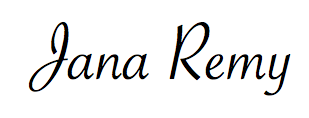Perhaps some of you have already noticed that I’ve been doing a bit of rearranging around here. As of a month ago, my site looked like the image above.
I loved this look for my site that I’ve had for the past seven years. The colors and simplicity of the design were so me. However under the hood the site was a pretty big mess–the design wasn’t responsive, the subpage links kept breaking, and the content was really hard to update due to the customization of WordPress necessary to support the visual layout. So I realized that it was time for it to go and to adopt a new look.
So I fussed around about it for awhile and came up with something super-simple, that resembles some of the former look of the “pilgrimsteps” blog from way back when.
Way Back When:
And From the Stone Ages of Blogland:
Some things never change, such as my love for light backgrounds, san-serif fonts, and images. But some things have changed so very very much in the past fifteen years. More than I can even begin to document. Fortunately I have a blog archive stretching back over all that time that I can peruse and marvel at all the roads I’ve traveled since then.








